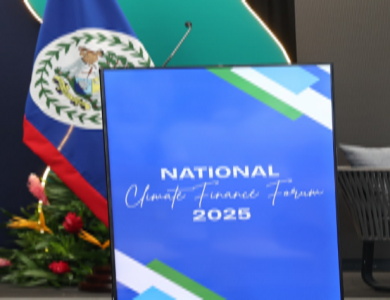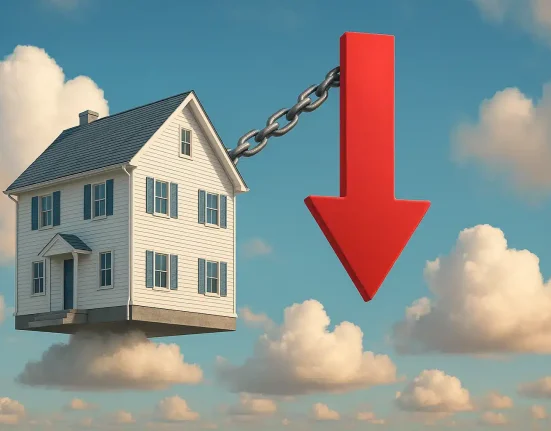FARGO — Homeowners across North Dakota are anticipating property tax relief after Gov. Kelly Armstrong signed a bill that expands the primary residence tax credit from $500 to $1,600 annually, starting next year.
The $408 million bill not only boosts the tax credit, but it also places a 3% annual cap on the amount political subdivisions—including cities and school districts—can increase levies.
Grand Forks Mayor Brandon Bochenski called the measure a major benefit for residents in his city.
“It’s going to be huge for the local economy and for their own personal finances,” Bochenski said of the more than 12,500 homeowners in Grand Forks who will benefit.
Bochenski acknowledged the cap could limit incoming revenue, but said it likely won’t significantly impact city operations.
“Had this been in place 10 years ago, and we would have complied with it with no problem. We had two years where we were over 3%,” he said.
But other communities may not fare as well.
Dustin Scott, the city administrator for West Fargo, said the cap presents challenges, especially for fast-growing areas.
“We have exceeded that 3% increase about eight out of the last 10 years,” Scott said. “It boils down to being able to deliver the quality of services to our residents and meet those demands, and then having this legislation put a constraint on that growth capability.”
The West Fargo School District, which operates separately from the city, declined to comment in detail, saying it was too early to assess the full impact of the legislation.
In Fargo, School Board member Robin Nelson said the law likely means the district will face similar limitations as the city, especially with a growing student population.
“Where that’s going to really affect the most school districts is school districts that have rapid enrollment growth, that might not be able to keep up with the keep-under-the-3%, if you will,” said Nelson, who chairs the district’s Government Affairs Committee.
Nelson noted that the law will change the duration of voter approval for school levies from 10 years to four, and eliminate special elections for school districts. However, she said the district’s plans for a building referendum are still moving forward.
Fargo Mayor Tim Mahoney issued a statement to WDAY acknowledging both the benefits and potential complications of the new law:
“Property tax legislation was among the key issues that The City of Fargo closely monitored throughout this session. The Legislative majority and Gov. Armstrong spoke with a unified voice on this bill which, I’m happy to say, provides relief to our residents through increases in the primary residence tax credit, renters refund and disabled veterans credit,” Mahoney wrote “The legislation also places an annual 3% cap on how much political subdivisions, including The City of Fargo, can raise property taxes. The City is currently beginning the process of determining what effect the cap will have on our local government. City staff will be analyzing the legislation’s impact as they work closely with the City Commission to develop Fargo’s budget for 2026 and future years. What we already know is that the City’s costs are rising across the board as we now contend with an even more finite amount of resources to address the needs of our growing city. Despite these challenges, I’m confident our Budget Team will deliver a balanced, fiscally responsible recommendation to the City Commission that sustains the exceptional City services our residents deserve.”







